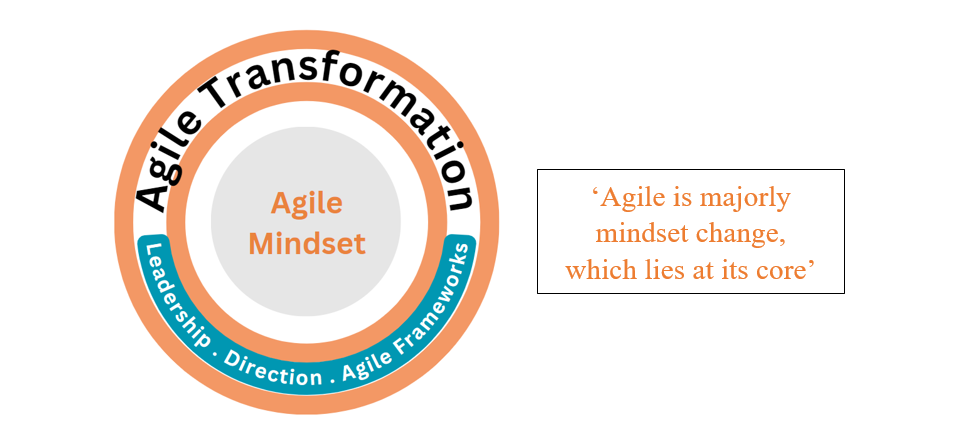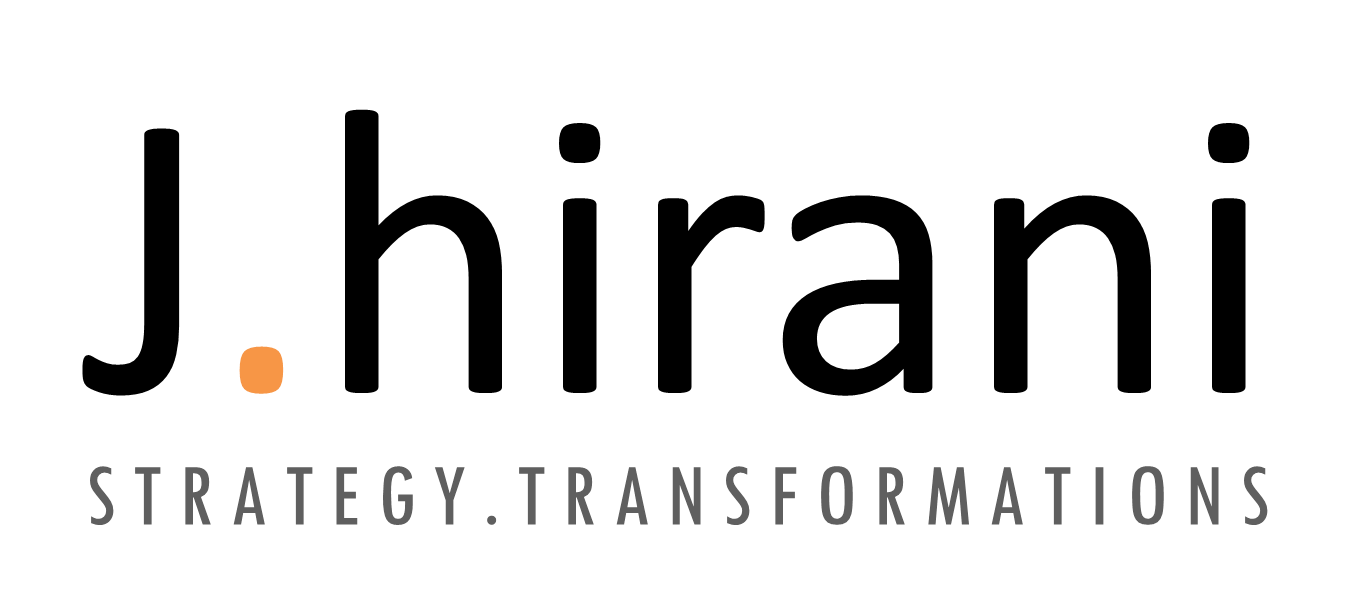Owing to disruptions; customer behaviour, technology, regulatory environment….the world is pushed into a faster pace every now and then. The speed is only expected to grow. Working through too many uncertainties leads to constant changes and most organizations ends up feeling “fragile” in such situations. Without agility, organizations may stumble when faced with unexpected challenges—losing market share, battling disruptive competitors, or struggling to handle unforeseen disruptions.
“As per data, only 10% of S&P 500 non-financial companies listed in 1983 made it to list in 2013.” Foundational agility gives one stability and flexibility to conquer the business world and stay relevant to changing conditions.
Some Statistics
The Agile method gained popularity in 2016. The years 2016 to 2019 saw maximum number of organizations adopting Agile to benefit themselves, majority of them being IT. Slowly other business functions and industries are also seeing Agile adoptions. As per one data, Agile methodology claims 80% success rate in organizations. 60% of organizations witnessed revenue and profitability growth.
The key goals that drive Agile adoptions are
- Faster deliveries
- Efficiency Improvement
- Trust and transparency
- Better planning and management
- Team communication and collaboration/ Team morale
- Reducing Risks
- Cost Reduction
Adopting Agile Mindset

Agile Methods can be applied not just to business but also to life. Leadership, Direction and Agile Frameworks form success of Agile Transformation. At the core of Agile Methodology, lies an agile mindset.
Change meets resistance out of human nature. But in order to drive and encourage positive change, mindset is the foundational component. Mindsets are influenced by one’s cultural background, belief system and experiences through life.
Some leaders state that Agile is 80% mindset and 20% efforts. Rightly so, when our perspective towards something gains clarity and purpose; we mostly, fast enough, find a way to work it through.
Agile Mindset can be developed through some educating, practice and help. These can be applied to benefit individual or organizational undertakings.
- Becoming aware of your current situations and your perspectives as well as responses to those stimuli
- Learning how change in perceptions and responses will help an individual or organization gain advantage or reach their goals
- Find Role Models within organizations who have a positive outlook and are able to achieve success. Ask teams to mentor each other to inspire change
- Break Complex projects into smaller doable tasks within 1 or 2 weeks. This method removes anxiety of longer projects requiring attention to detail, and instead feeds motivation when one sees a successful small change every week.
- Empowerment is important so that individuals start taking decisions on their own instead of relying on superiors every time they hit a roadblock. This ensures faster processing and makes teams more mindful of their responsibilities.
- Move out the comfort zone and try. It does not matter that one gains success or failure out of doing things. What matters is one learns from failures and success alike
- Find out a mechanism to monitor how change in mindset affects results vs an older mindset
- Finally identify Leaders who are mentors, can provide positive feedback, empower others and display the desired mindset and agile values throughout the organization.
Remember “It’s different circumstances, not difficult”
Switching Agile on
Agility is an ongoing process. It demands constant and consistent efforts, taking onto challenges, learning from experiences and striving for improvement. The environment today is driving newer trends in the entire value chain. These trends offer challenges to organizations to take onto them.
Taking up these challenges, improving capabilities, driving better results is a part of growth and development journey and Agile Transformation.
Agile today and beyond
- Standing in 2023, artificial intelligence and machine learning has swept all areas. In Agile methodology, these are becoming popular being data driven approaches which make decision making faster.
- Agile is an important value for fortune 500 companies being even adopted by the FBI recently.
- Desired Leadership and agile knowledge are one of the key success factors of Agile Transformation. With this basic knowledge, we aim to enlighten and start discussing about ways to transform organizations ability to be Agile.
Agile is Now. Agile is Future. Let’s be Agile. Find out about our service and Agility Index below.
J.hirani provides strategic advisory services to manufacturing, service brands, product brands, online/ offline business. Read our capabilities.
Sign up to a first of its kind Agility Index 2023. Find out what makes an organization agile, where you stand, and how to improve agile capabilities.




it’s all about changing the mindset and that is where the fun, issues, and challenges come